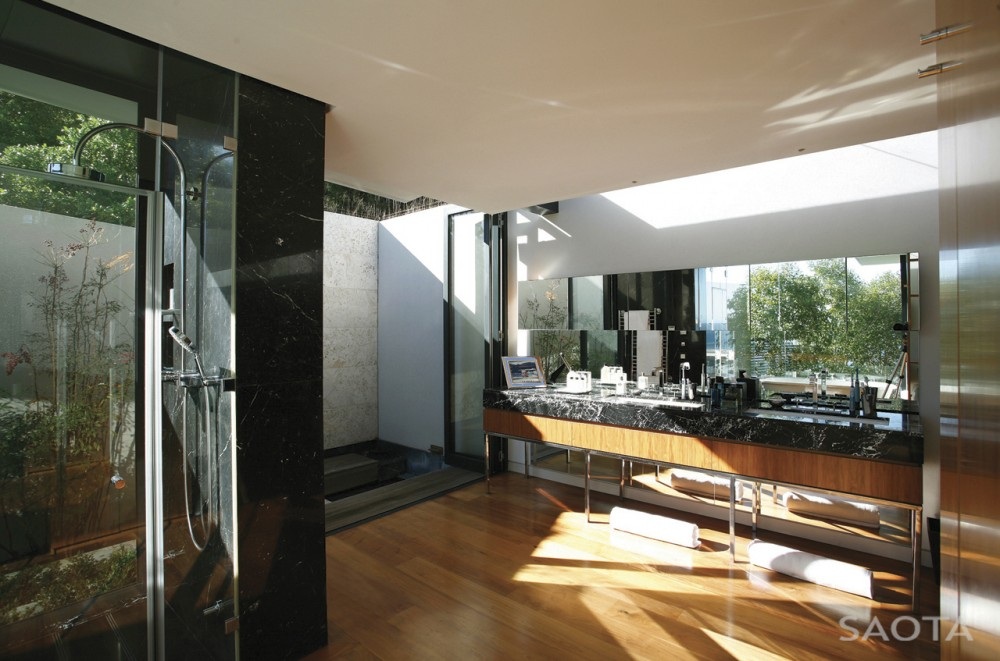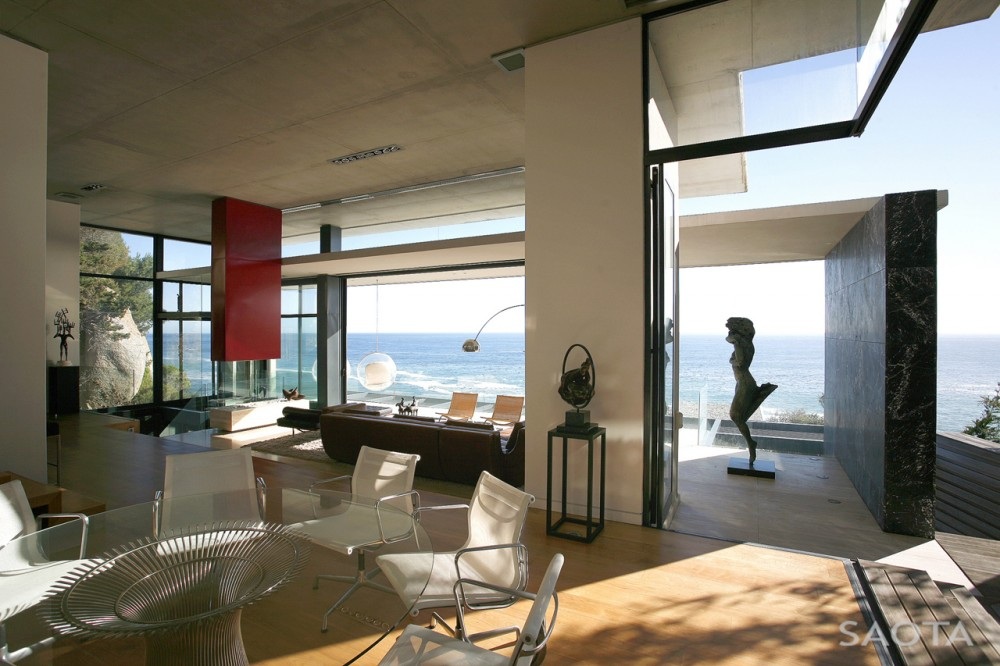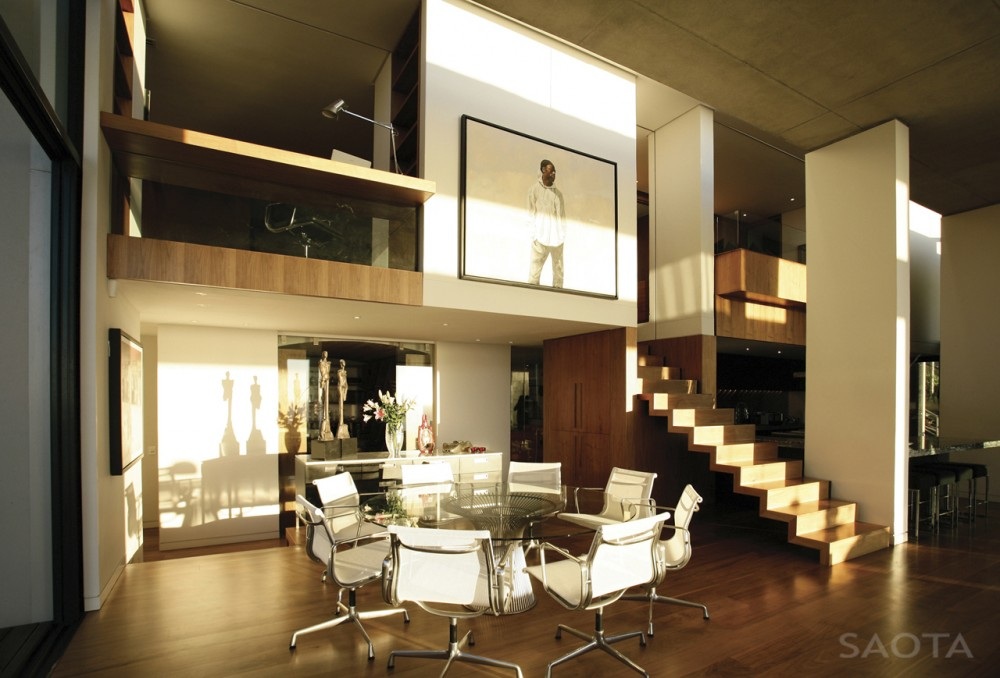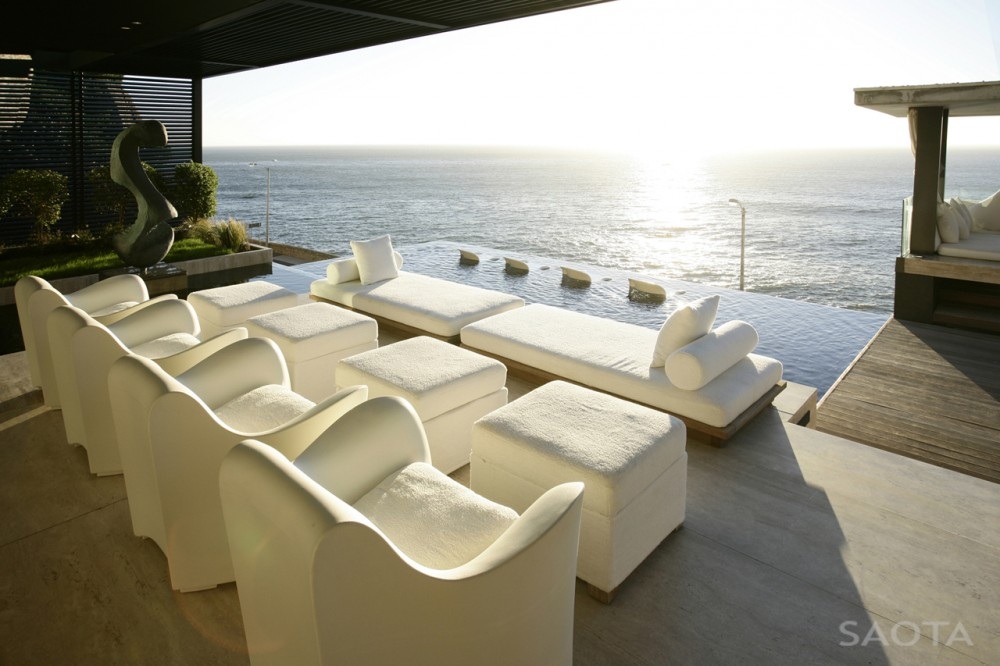
All I can say is wow! The place is surreal, it would be pretty wonderful to wake up at a place like this every single morning. We posted on our sister website Architecture STYLE a even though back. The home had a house on it prior to this becoming built. It was torn down due to its lack of utilization of the lovely land it was constructed on. SAOTA are the architects behind this stunning improvement. The house is positioned in Cape Town, South Africa.













Notes
The home had an existing home, which entirely below-utilized the site’s great traits. The brief known as for a dynamic response to capitalise on the web site, making an atmosphere exactly where the young family members could appreciate an outdoor life-style supplied by the internet site. This outside area is protected from the prevailing winds, and enjoys views of the sea, and much more instant views of massive boulders to the South. The consumers were eager to utilise each and every feasible region of the site, but make certain that they maintained privacy in this dense element of Bantry Bay, exactly where sites are relatively little and owners generally maximise their allowable constructing envelopes.
The site tapers from the rear, getting about 26m wide to the street boundary which is 17m wide and 16m beneath. This steep tapered shape difficult the style, and hampered the building approach. The budget restrictions implied that a element of the current building necessary to be retained, which also produced consequential issues in design, documentation and execution. Due to variations in the Zoning Scheme – applicable when the original residence was built in the 1950’s and the lately amended Zoning Scheme, portions of the existing dwelling were illegal. This, along with the imposition of the road widening technique, applicable to Victoria Road (a scenic route), created for further complications in the style and submission procedures for the house.
The design and style was primarily driven by the need to have to develop a family members property, which accommodated the kitchen, living room and dining space in a single single space. These regions enjoyed all day sunlight with simultaneously framed views of the sea. The secondary living location was to be a dramatic entertainment space, positioned on the level right away beneath the family members level, exactly where the consumers could entertain huge groups of pals. The pool terrace allows for covered and uncovered areas to loosen up around the pool. The entertainment lounge accommodates a generous bar, and is close to the outside braai area. A dramatic gazebo structure is perched at the Western edge of the pool deck, which makes it possible for the owners to enjoy the last hours of the setting sun on the edge of the pool deck.
These 2 living levels are positioned centrally in the vertical arrangement of the home on the Fourth and Fifth floor. The Sixth floor above accommodates the primary bedroom with two children’s en-suite bedrooms and a small children’s lounge. The guest area, a employees location and a private library are situated on the second and third story under the entertainment level. The ground floor accommodates the entrance hall and a five auto garage. A glass lift connects the creating vertically, and an external service stair connects the levels externally.
The house is strongly influenced by the Californian College of ‘Case Study’ houses. It also requires its cue from Miesien Planar Styles, demonstrated with the cantilever roof slab which is separated from the principal off-shutter concrete roof soffit by a dramatic clerestory window. The slab is in turn supported by a marble clad wall plane, reminiscent of the stone walls of the Barcelona Pavilion.
Visually the developing is enriched with the use of a quantity of fascinating finishes and characteristics. These contain textured stone cladding to different walls internally and externally. This is contrasted with the roughness of the off-shutter concrete soffit to the living area, dining area and kitchen on the Fifth floor. The finishes are wealthy and varied to different other locations in the house, including timber cladding to numerous rooms, and richly colored mosaic finishes.Source: architecturestyle